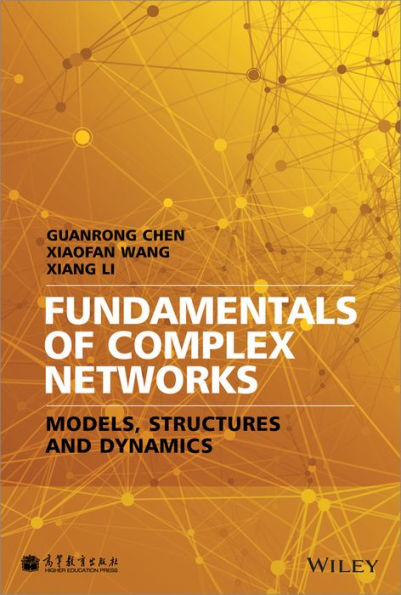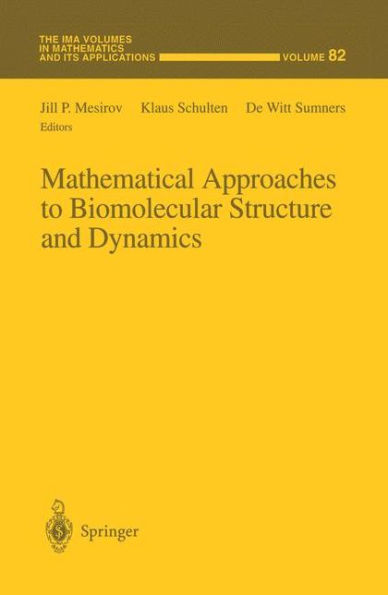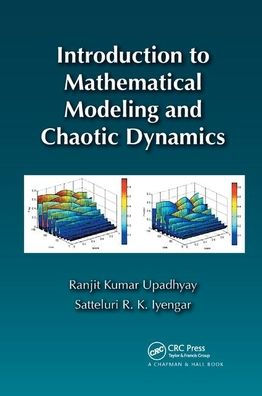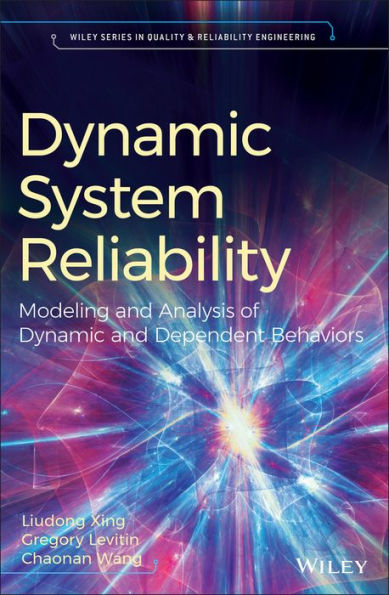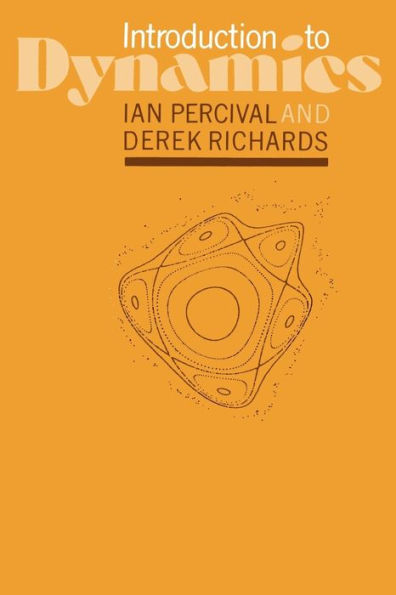Home
Geospatial Analysis and Modelling of Urban Structure and Dynamics / Edition 1
Barnes and Noble
Loading Inventory...
Geospatial Analysis and Modelling of Urban Structure and Dynamics / Edition 1 in Franklin, TN
Current price: $169.99

Barnes and Noble
Geospatial Analysis and Modelling of Urban Structure and Dynamics / Edition 1 in Franklin, TN
Current price: $169.99
Loading Inventory...
Size: OS
A Coming of Age: Geospatial Analysis and Modelling in the Early Twenty First Century Forty years ago when spatial analysis first emerged as a distinct theme within geography’s quantitative revolution, the focus was largely on consistent methods for measuring spatial correlation. The concept of spatial au- correlation took pride of place, mirroring concerns in time-series analysis about similar kinds of dependence known to distort the standard probability theory used to derive appropriate statistics. Early applications of spatial correlation tended to reflect geographical patterns expressed as points. The perspective taken on such analytical thinking was founded on induction, the search for pattern in data with a view to suggesting appropriate hypotheses which could subsequently be tested. In parallel but using very different techniques came the development of a more deductive style of analysis based on modelling and thence simulation. Here the focus was on translating prior theory intoforms for generating testable predictions whose outcomes could be compared with observations about some system or phenomenon of interest. In the intervening years, spatial analysis has broadened to embrace both inductive and deductive approaches, often combining both in different mixes for the variety of problems to which it is now applied.
A Coming of Age: Geospatial Analysis and Modelling in the Early Twenty First Century Forty years ago when spatial analysis first emerged as a distinct theme within geography’s quantitative revolution, the focus was largely on consistent methods for measuring spatial correlation. The concept of spatial au- correlation took pride of place, mirroring concerns in time-series analysis about similar kinds of dependence known to distort the standard probability theory used to derive appropriate statistics. Early applications of spatial correlation tended to reflect geographical patterns expressed as points. The perspective taken on such analytical thinking was founded on induction, the search for pattern in data with a view to suggesting appropriate hypotheses which could subsequently be tested. In parallel but using very different techniques came the development of a more deductive style of analysis based on modelling and thence simulation. Here the focus was on translating prior theory intoforms for generating testable predictions whose outcomes could be compared with observations about some system or phenomenon of interest. In the intervening years, spatial analysis has broadened to embrace both inductive and deductive approaches, often combining both in different mixes for the variety of problems to which it is now applied.
